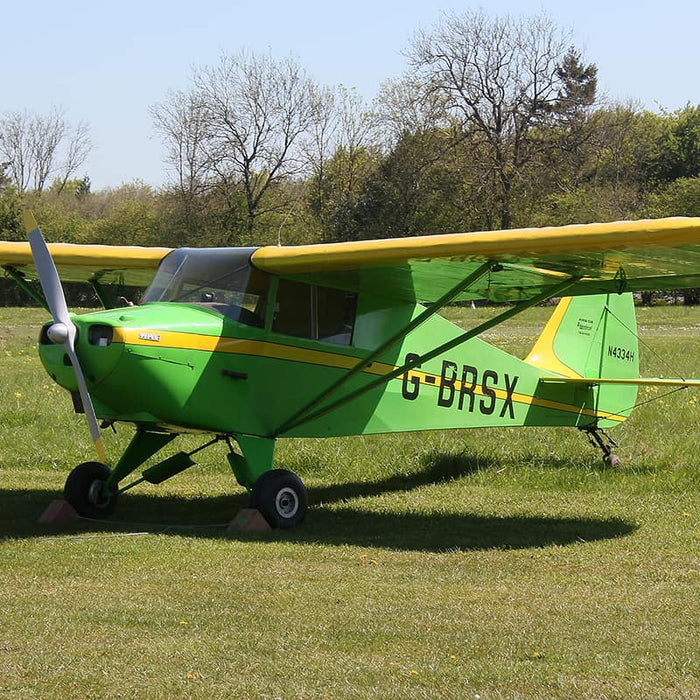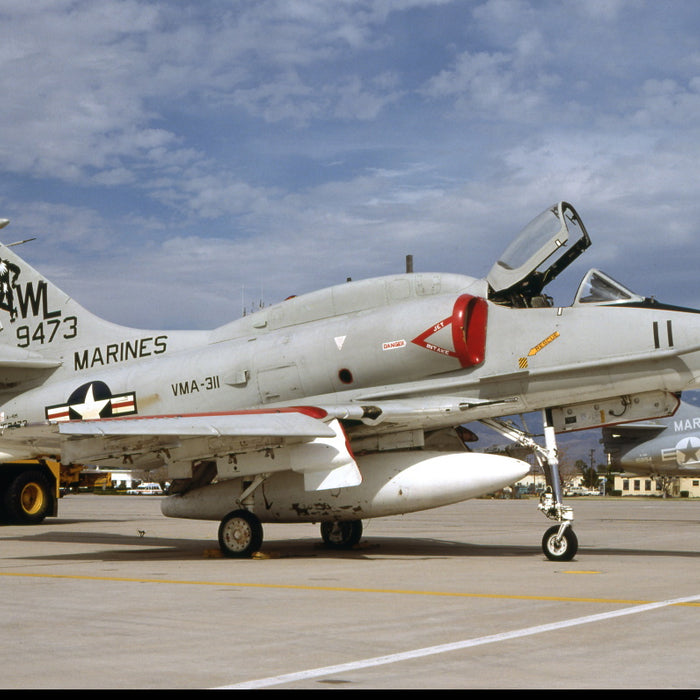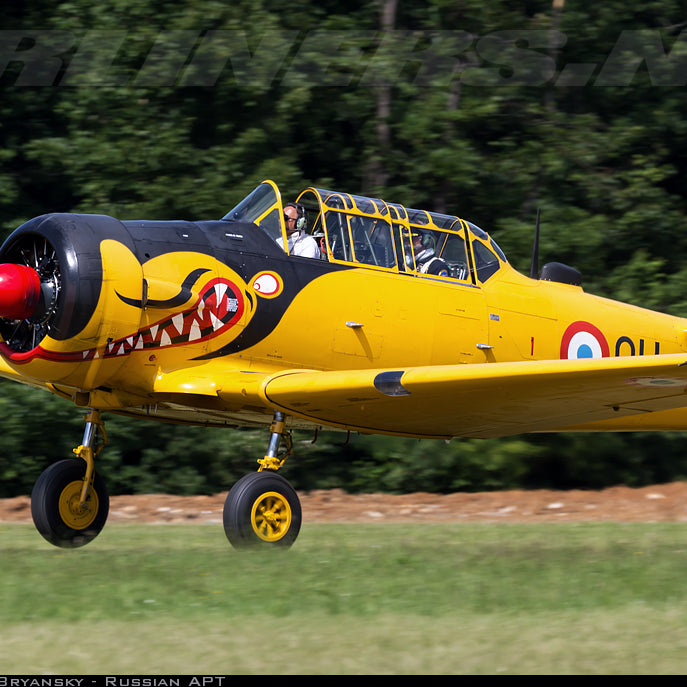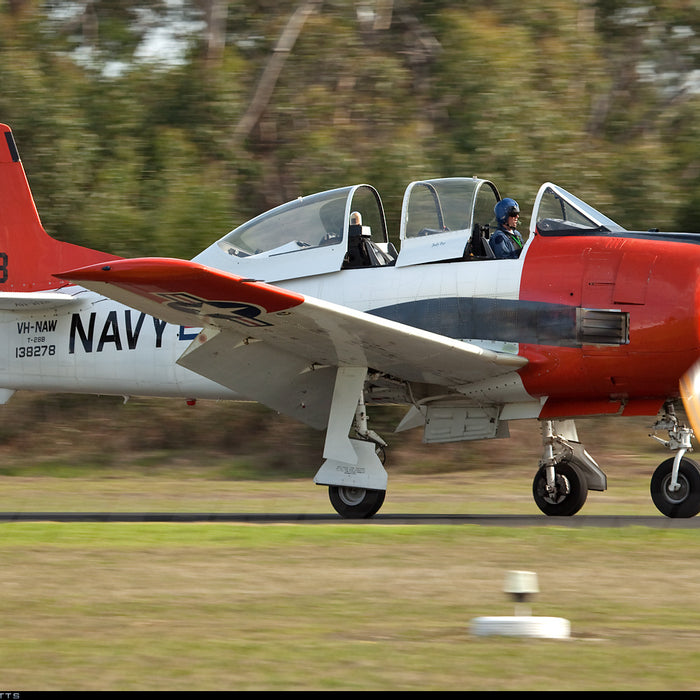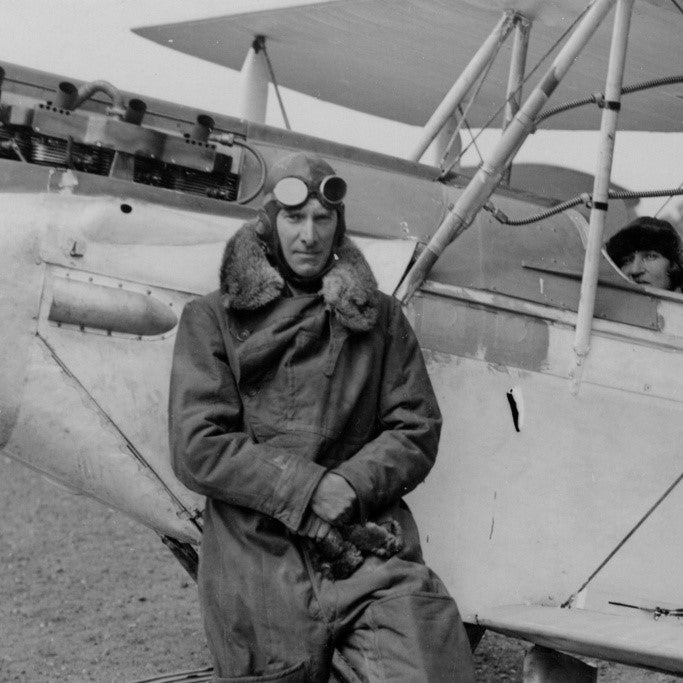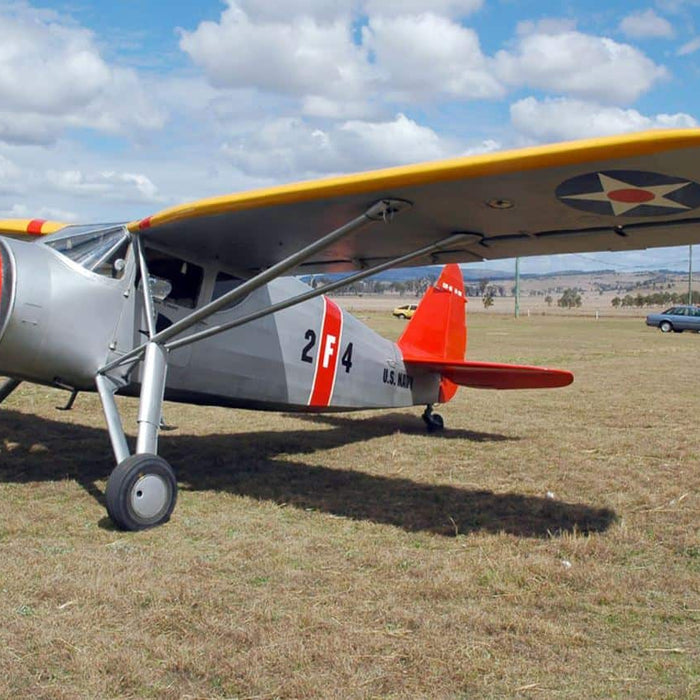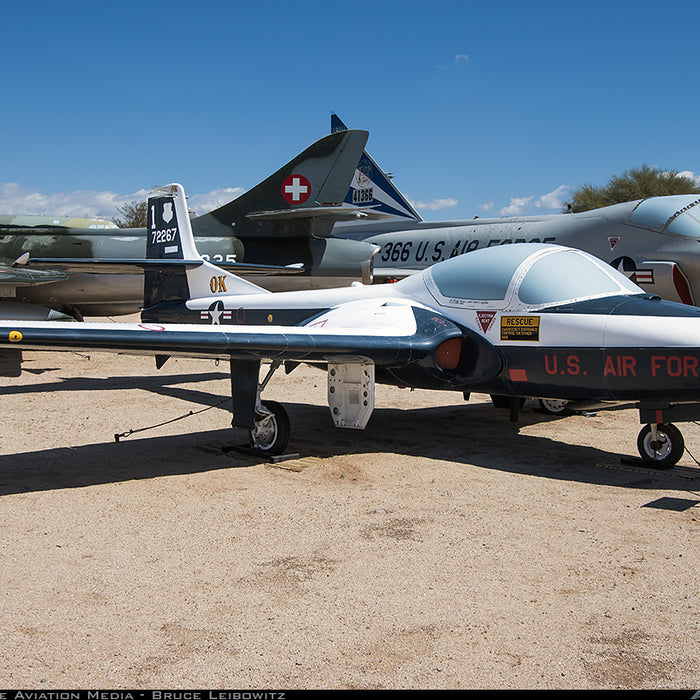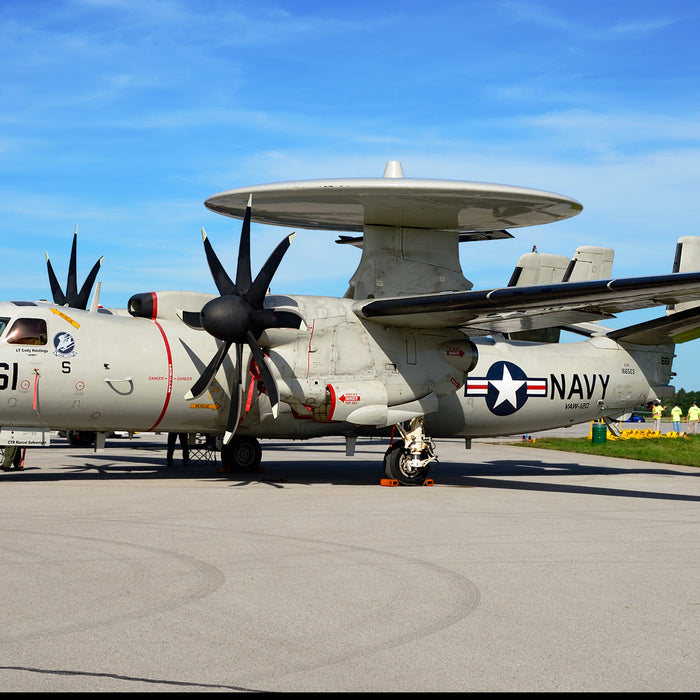
Number 93 of 100 in 100: The Grumman E-2 Hawkeye
Conceptualization: The Grumman E-2 Hawkeye was developed in the late 1950s to meet the U.S. Navy's need for a carrier-compatible airborne early warning and control (AEW&C) aircraft. During the Cold War, the Navy required a platform capable of detecting and...

